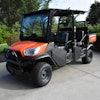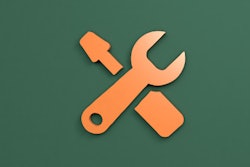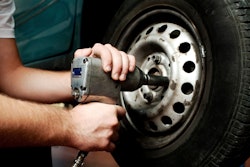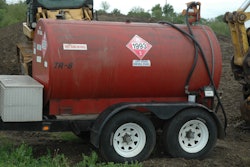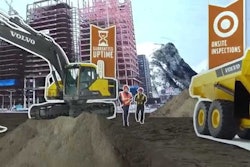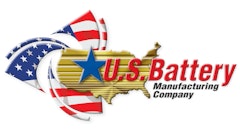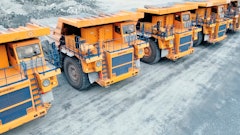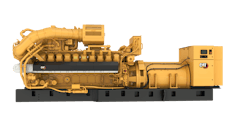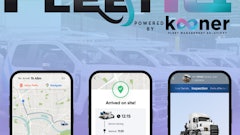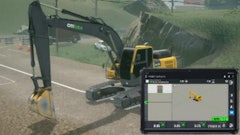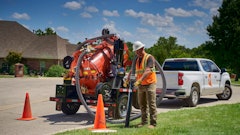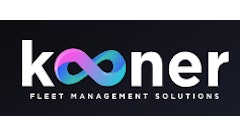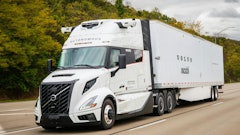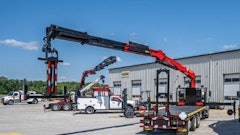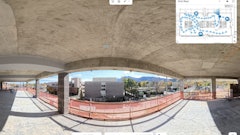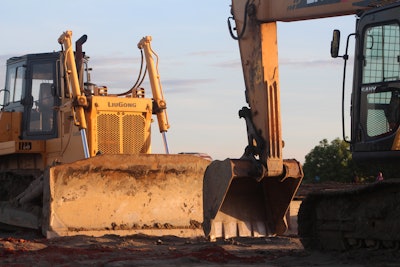
Unexpected equipment downtime is a three-fold financial threat, but a solid preventive maintenance program anchored by specialized software can change the equation and help construction companies meet utilization and profitability targets.
Fixing equipment when it goes down unexpectedly is clearly more expensive than preventive or planned maintenance, but the cost of the repairs is only part of the story, and it may not even be the most significant part.
“It’s the collateral damage that really costs you money,” says Dan Corbett, equipment manager at Lancaster Development. “Not so much the repair of a downed piece of equipment, but how that impacts the job.” Corbett manages close to 500 assets for the heavy highway contractor based in upstate New York. He counts disruptions to production on the jobsite, idle operators and rental costs incurred to make up for the equipment that is down unexpectedly as the collateral damage.
To properly account for equipment costs, construction companies typically set rates based on the ownership cost and an estimated number of hours that the asset will be used over the course of a year. For example, the annual ownership cost for a dozer might be $34,000. A plan to run that dozer for 1,200 hours at a rate of $30 per hour would more than cover the ownership cost.
Some planned downtime must be built into this equation to allow for scheduled maintenance and for moving equipment. The threat to profitability comes from unplanned downtime, which is defined as the additional hours lost to unexpected or emergency repairs.
Corbett and other construction equipment maintenance experts generally concur that unplanned downtime rates in the range of 20–30 percent are not uncommon in the industry. Failure to keep up with preventive maintenance is a leading cause. Conversely, Corbett’s team at Lancaster Development leverages specialized software to help track preventive maintenance intervals, complete the work efficiently and hold unplanned downtime rates to around five percent.
In the example above, the rate of 5 percent would mean the company would just about break even with its utilization plan for the dozer. At the more typical 30 percent rate for unexpected downtime, however, that dozer would only be available for 840 hours. At the $30 per hour rate, the recoverable cost dips to just over $25,000. That machine is now costing the company around $9,000 per year.
That’s bad enough, but it is just the beginning of the impact on profitability. Some of the 360 hours of lost time must be covered by rented equipment in order to meet production requirements. Renting a dozer for even half of those hours at a cost of $80 per hour would cost more than $14,000. Now that one asset has cost the company more than $23,000.
The third threat is cost related to disruptions on jobsites when equipment must be pulled out of production unexpectedly. This can be harder to pinpoint, but the impact on production schedules and crews can be substantial. Using a conservative estimate of $20,000, unplanned downtime for the dozer in the example is now costing the company well over $40,000 annually.
Even that figure may not seem catastrophic, but deficient maintenance programs that result in 30 percent downtime do not affect just one asset. A company with 50 pieces of equipment could be looking at an annual loss of $2 million. The bottom-line impact for a contractor with 200 assets could reach $8 million.
Using software to automate the preventive maintenance process and make it more proactive is a key to changing this equation.
Like Lancaster Development and many other contractors, RJV Construction in Massachusetts now uses software to trigger preventive maintenance based on meter readings, telematics, calendar dates and intervals programmed into the system for each piece of equipment rather than spreadsheets, pieces of paper or someone’s memory.
“Before we started using the software, things were getting overlooked, the process was much more cumbersome and we were more reactive than proactive,” explains equipment manager Dave Pacella. “Now we input hours, mileage and intervals, and the system tells us when it’s time to do preventive maintenance. This takes guesswork out of our daily operations and reduces breakdowns, downtime and costs.”
Greg Norris is director of marketing communications at B2W Software. B2W Software’s ONE Platform connects people, workflows and data and includes advanced, unified applications to manage estimating, scheduling, field tracking, equipment maintenance, data capture and business intelligence. Reach Greg at [email protected].



